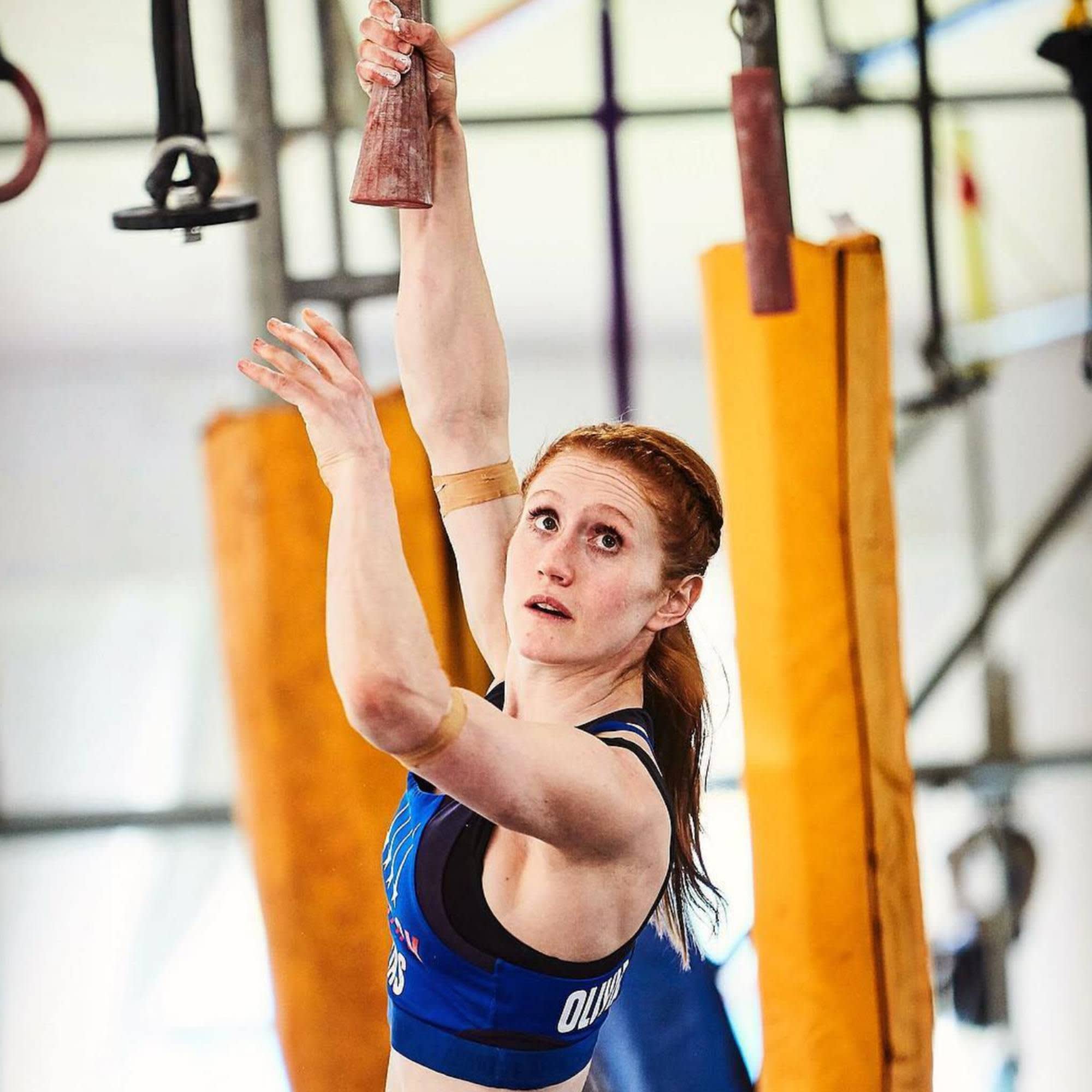
- POPSUGAR Australia
- Fitness
- Period Pain Affects Up to 90% of People Who Menstruate, So Let’s Talk About It
Period Pain Affects Up to 90% of People Who Menstruate, So Let’s Talk About It



POPSUGAR Australia has partnered with Ponstan® to raise awareness of period pain and encourage conversations about menstruation.
®Registered Trademark of Pfizer Australia Pty Ltd
It’s a staggering figure, but an accurate one: between 70% and 90% of Australians who menstruate also experience dysmenorrhoea (period pain).
So, with the majority of us experiencing varying degrees of period pain on a regular basis, why isn’t it spoken about more? I’ll be clear: people who menstruate talk about period pain with one another regularly, and usually without shame. But discussing it in public places or, gasp, giving it as a reason to take a sick day off work is not really the done thing (outside of extremely female-dominated industries).
I’ll go first. For me, the severity of my period pain has ebbed and flowed since getting my first period at the age of 11. At times, it’s been a dull-but-manageable ache for the first day or two of my period — and at other times in my life, it’s been a type of pain that stopped me from putting pants on for the day, let alone getting out of the house to go to work.
Yet, while period pain is experienced by so many, I’d argue that not many of us actually know what causes it in the first place — perhaps because of the way it exists mostly in the shadows. So let’s talk about it. Let’s bring it out into the open and discuss exactly what causes period pain and understand all the minute symptoms that can come along with it.
What Are the Symptoms of Period Pain?
The symptoms of period pain may seem obvious to some of us, but the reality is, it can manifest in different ways for different people. For many, it involves pain in the lower abdomen that can spread to the lower back and legs, and can be a “gripping” pain or a constant ache.
According to Victoria Health, most people will experience period pain when their period starts (or slightly before), and it will often be most painful during the first 24 hours of the period and when passing clots. For some, period pain can include all of the above, plus a combination of headaches, nausea and vomiting, digestive problems (hello period poos), fainting, tender breasts, and a swollen abdomen.
What Causes Period Pain?
There are two types of period pain: primary and secondary dysmenorrhoea. Primary dysmenorrhoea is the cramping pain that you may experience before or during your period. This common type of period pain is caused by naturally-occurring chemicals that are created inside the uterus, called prostaglandins. Prostaglandins are responsible for causing the muscles and blood vessels of the uterus to contract and they’re at their highest concentration at the beginning of the period and taper off as bleeding continues and the lining of the uterus is shed. This is why pain will often taper off as the period continues.
Secondary dysmenorrhoea, on the other hand, is caused by abdominal disorders such as endometriosis, fibroids, adenomyosis, problems with the reproductive organs, or other medical conditions like Crohn’s disease and urinary disorders. Unlike primary dysmenorrhoea, secondary period pain tends to get worse over time and doesn’t taper off as quickly. For example, secondary dysmenorrhoea may flare up a few days before the onset of the period, get worse as the period continues, and last after the period ends.
How Should I Treat Period Pain?
Treatment of period pain will be different for everyone, since we all have varying severity of pain, different pain thresholds, and as individuals, we usually find comfort or relief in different treatment methods. If you suffer from chronic period pain, it’s recommended that you book in to see your GP to discuss all of your options — this is particularly important if you’ve noticed a change in the amount of pain you’re experiencing.
There are a few common treatment options that may cause some relief and most people will have their own tricks to get through the days. A few options are to take pain medication, do some gentle exercise (like swimming, cycling), apply a heat pad, gentle massage in the sore area, or do gentle stretching exercises to reduce stress and increase circulation.
Anecdotally speaking, I like to settle in on the couch with a hot water bottle, wear nothing but a pair of high-waisted period undies, and hope it passes quickly. Depending on the pain, I might also pop a couple of pain killers — particularly on days when I don’t have the luxury of tapping out of work or other commitments.


